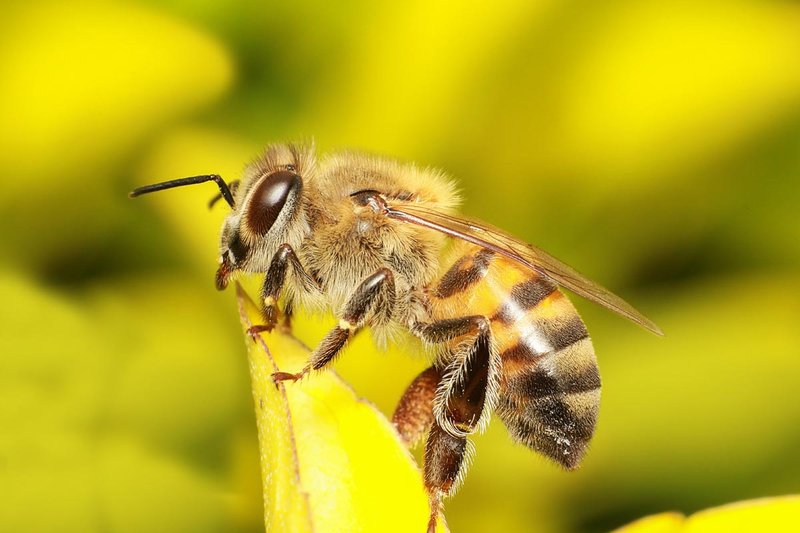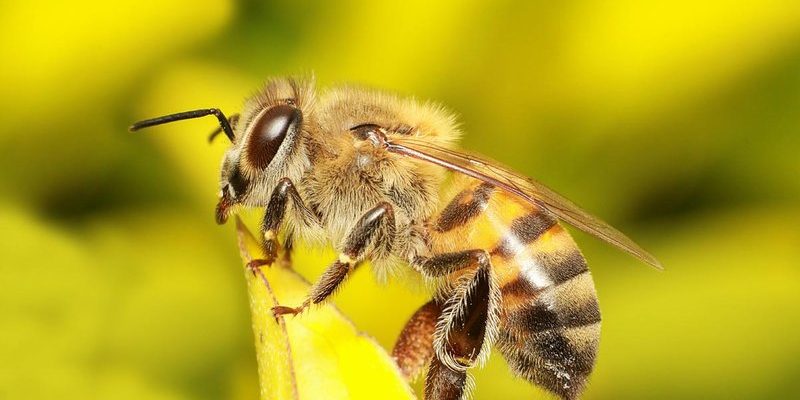
Let’s break this down over a cup of coffee, shall we? On one hand, you have the friendly neighborhood honeybee, known for its hard work and sweet honey. On the other hand, you have wasps and hornets, which tend to have a more aggressive reputation. Understanding the differences among these creatures and their behavior can help ease your worries. After all, most bees are just trying to do their jobs and aren’t looking to bother us at all.
The Different Types of Bees
You might be surprised to learn that not all bees are created equal. There are actually over 20,000 species of bees in the world! Each species has its own quirks and behaviors. The most well-known ones are honeybees, bumblebees, and solitary bees.
Honeybees are social insects that live in colonies. They’re essential for pollination, which helps produce many of the fruits and vegetables we enjoy. While they can sting, they usually won’t unless they feel threatened. Typically, a honeybee will die after stinging, which is a hefty price to pay for defense.
Next up are bumblebees. These fuzzy friends are also social but tend to be less aggressive than honeybees. They can sting multiple times, but they usually prefer to keep to themselves if left undisturbed. Their bulkiness and slower flight often make them less intimidating.
Finally, we have solitary bees, like mason bees and leafcutter bees. As the name suggests, these bees live alone. They are generally non-aggressive and more interested in finding food than interacting with humans. If you’re somewhat wary of bees, solitary bees might be the ones to appreciate from a distance.
Are Bees Really Dangerous?
Here’s the thing: most bees aren’t dangerous at all. Generally speaking, bees are more interested in collecting nectar than stinging humans. They play a crucial role in our ecosystem by pollinating about one-third of the food we eat. However, you might be wondering about the sting. While a bee sting can be painful, how dangerous is it really?
For most people, a honeybee sting causes a sharp pain and may lead to redness or swelling. This is usually nothing more than a minor annoyance. The real concern arises for those with allergies. A bee sting can trigger an allergic reaction, which may require immediate medical attention. If you know you’re allergic to bee stings, it’s crucial to carry an epinephrine auto-injector for emergencies.
That said, the likelihood of getting stung is relatively low. If you avoid swatting at them or stepping on them, you’re generally safe. Bees often sting as a last resort when they perceive a threat. So if you stay calm and give them space, they’ll likely leave you alone, just like you’d want in a crowded café!
How to Avoid Getting Stung
Prevention is key when it comes to avoiding bee stings. Here are some tips to help you enjoy the outdoors without fear:
- Avoid bright colors: Bees are attracted to vibrant hues. Stick to neutral colors like white or light green.
- Don’t wear strong scents: Perfumes and scented lotions can invite bees. Keep it simple!
- Stay calm: If a bee approaches you, try not to swat or panic. Slow, gentle movements are best.
- Cover food and drinks: Bees love sugary things. Keep your picnic covered when not in use.
By following these simple tips, you can greatly reduce your chances of a bee encounter gone wrong. Just think of bees as part of the natural world that we share and help maintain a balance.
What Should You Do If You Get Stung?
Sometimes, despite your best efforts, a bee sting happens. So, what should you do if you find yourself stung? First things first, remain calm. Here’s how to handle it:
1. Remove the stinger: If it’s a honeybee, its stinger might still be in your skin. Use a flat object like a credit card to scrape it out gently. Avoid pinching it, as this can release more venom.
2. Clean the area: Wash the sting site with soap and water. This helps prevent infection.
3. Apply cold compress: Use an ice pack or a bag of frozen veggies wrapped in a cloth to reduce swelling and pain.
4. Take an antihistamine: Over-the-counter options can help manage itching and swelling.
5. Monitor for allergic reactions: If you experience difficulty breathing, swelling in the face or throat, or a rapid heartbeat, seek medical help immediately.
Most bee stings are just a temporary annoyance, but knowing how to treat them can really make a difference.
So, are bees dangerous to humans? The answer isn’t as straightforward as you might think. While they can sting, the majority of bees are not aggressive and are more interested in their work than in causing harm. Understanding their behavior and taking a few simple precautions can help you safely coexist with these amazing creatures.
In a world where we rely on bees for so much—like delicious fruits, vegetables, and even honey—it’s essential to appreciate their role and respect their space. The next time you see a bee buzzing by, remember: they’re just out there doing their job, much like you are. So take a deep breath, enjoy the sunshine, and let the bees go about their business.

